Today, the French Catholic website, Riposte Catholique, made reference to Tradinews, another French Catholic website, which published an important 1966 confidential letter written by Cardinal Alfredo Ottaviani, the Pro-Prefect of the Congregation for the Doctrine of the Faith, and then sent by him to all the Presidents of the Bishops’ Conferences in the world.
After our contacting the editors of Tradinews in order to find out more information about this letter, they kindly and promptly sent us a direct reference to the letter on the Vatican website. By means of this letter, Cardinal Ottaviani attempted to forestall the further spreading of erroneous interpretations of the Second Vatican Council, only ONE year after its formal ending! This letter is thus significant because it shows that the doctrinal confusion had started to spread right after the formal closing of the council.
Cardinal Ottaviani had every reason to be concerned since he had been fighting during the entirety of the council proceedings for the preservation of the entire Catholic Faith in its integrity. As The Washington Post tendentiously (and progressively) put it in 1979, upon his death:
He [Cardinal Ottaviani] bitterly opposed the efforts of Pope John XXIII in calling the Second Vatican Council to Modernize the church and was the leader and strategist for the most conservative forces in the church once the council got under way. […]
More than once the cardinal clashed with progressive bishops on the floor of the council in his opposition to modernizing trends, such as authorizing mass in the language of the people or breaking down the centuries-old walls of separation between Catholic and other Christian churches.
When most of the decisions went against him, he used his vast influence in the Roman Curia – the church’s central administrative body – to delay as long as possible implementing them.
Sometimes this tactic backfired. In 1967, he issued an order that Catholics were not to join with Protestants in special prayer services for Christian unity – activities that were well within the guidelines laid down by Vatican II. Many bishops already had given their approval for such services.
Pope Paul VI learned about the controversy and countermanded Cardinal Ottaviani’s order.
Cardinal Ottaviani opposed the council decision allowing translation of the mass from Latin into the language of the people, and at one time gave powerful Curia backing to an American priest [not identified] who started a movement to preserve the Latin mass.
Cardinal Ottaviani is the author (along with Cardinal Antonio Bacci) of the 1969 cri de coeur concerning the Novus Ordo Mass known colloquially as the “Ottaviani Intervention” — a commentary which is still very worthwhile to consider. For example, it presents us with these concluding words:
To abandon a liturgical tradition which for four centuries was both the sign and the pledge of unity of worship (and to replace it with another which cannot but be a sign of division by virtue of the countless liberties implicitly authorized, and which teems with insinuations or manifest errors against the integrity of the Catholic religion) is, we feel in conscience bound to proclaim, an incalculable error.
It is also of worth to remember that it was already very shortly after the beginning of the Second Vatican Council that Cardinal Ottaviani was himself being silenced, according to a report by Dr. Robert Moynihan (Dr. Moynihan’s full report is currently not available on the Internet. However, he was kind enough to send me the full text from which I now quote here below.). In 2012, Dr. Moynihan had met with the Church historian Monsignor Brunero Gherardini. Moynihan thus reports:
Then I asked [Monsignor Gherardini] about the Council. Whenever I think about the Council, I said, I always have one image in my mind: an aging Cardinal Alfredo Ottaviani, now blind, about age 80, limping, the head of the Holy Office and so the chief doctrinal officer of the Church, born in Trastevere to parents who had many children, so a Roman from Rome, from the people of Rome, takes the microphone to speak to the 2,000 assembled bishops. And, as he speaks, pleading for the bishops to consider the texts the curia has spent three years preparing, suddenly his microphone was shut off. He kept speaking, but no one could hear a word. Then, puzzled and flustered, he stopped speaking, in confusion. And the assembled fathers began to laugh, and then to cheer…
“Yes,” Gherardini said. “And it was only the third day.”
“What?” I said.
“Ottaviani’s microphone was turned off on the third day of the Council.”
“On the third day?” I said. “I didn’t know that. I thought it was later, in November, after the progressive group became more organized…”
“No, it was the third day, October 13, 1962. The Council began on October 11.”
“Do you know who turned off the microphone?”
“Yes,” he said. “It was Cardinal Lienart of Lille, France.”
“But then,” I said, “it could almost be argued, perhaps, that such a breech of protocol, making it impossible for Ottaviani to make his arguments, somehow renders what came after, well, in a certain sense, improper…”
“Some people make that argument,” Gherardini replied.
As can be seen from this description of this prelate’s fight, Cardinal Ottaviani did all he could to defend Catholic doctrinal tradition. In the following, we shall therefore present his 1966 letter in its fullness for the thoughtful reflection of our readers concerning the questions that Ottaviani raised as being especially pertinent and also dangerous.
SACRED CONGREGATION FOR THE DOCTRINE OF THE FAITH
Circular Letter to the Presidents of Episcopal Conferences
regarding some sentences and errors arising
from the interpretation of the decrees of the Second Vatican Council
Since the recent successful conclusion of the Second Vatican Ecumenical Council, many wise Documents have been promulgated, both in doctrinal and disciplinary matters, in order to efficaciously promote the life of the Church. All of the people of God are bound by the grave duty to strive with all diligence to put into effect all that has been solemnly proposed or decreed, under the influence of the Holy Spirit, by the universal assembly of the bishops presided over by the Supreme Pontiff.
It is the right and duty of the Hierarchy to monitor, guide, and promote the movement of renewal begun by the Council, so that the conciliar Documents and Decrees are properly interpreted and implemented with the utmost fidelity to their merit and their spirit. This doctrine, in fact, must be defended by the bishops, since they, with Peter as their Head, have the duty to teach with authority. Many Pastors have admirably already begun to explain the relevance of the doctrine of the Council.
Nevertheless, it must be acknowledged with sorrow that unfortunate news has been reported from various areas about abuses regarding the interpretation of the conciliar doctrine that are taking hold, as well as some brazen opinions circulating here and there causing great disturbance among the faithful. The studies and efforts to investigate the truth more profoundly are praiseworthy, especially when distinguishing honestly between that which is central to the faith and that which is open to opinion. But some of the documents examined by this Sacred Congregation contain affirmations which easily go beyond the limits of hypothesis or simple opinion, appearing to raise certain questions regarding the dogmas and fundamentals of the faith.
It is worthwhile to draw attention to some examples of these opinions and errors that have arisen both from the reports of competent persons and in published writings.
1) First of all regarding Sacred Revelation itself: There are some, in fact, who appeal to Sacred Scripture while deliberately leaving aside Tradition. But they then restrict the role and the strength of biblical inspiration and its inerrancy, abandoning a just notion of the true value of the historical texts.
2) In regards to the doctrine of the faith, some affirm that dogmatic formulas are subject to historical evolution even to the point that their objective meaning is susceptible to change.
3) The ordinary Magisterium of the Church, particularly that of the Roman Pontiff, is sometimes neglected and diminished, until it is relegated almost to the sphere of a mere opinion.
4) Some almost refuse to acknowledge truth that is objective, absolute, stable, and immutable, submitting everything to a certain relativism, with the pretext that every truth necessarily follows an evolutionary rhythm according to conscience and history.
5) The venerated Person of Our Lord Jesus Christ is called into question when, in the elaboration of the doctrines of Christology, certain concepts are used to describe his nature and his person though they are difficult to reconcile with that which has been dogmatically defined. A certain Christological humanism is twisted such that Christ is reduced to the condition of an ordinary man who, at a certain point, acquired a consciousness of his divinity as Son of God. The virginal birth, miracles, and the resurrection itself are admitted only as concepts, reduced to a purely natural order.
6) Similarly in sacramental theology, some elements are either ignored or are not taken into account, especially with regard to the Eucharist. There are some who talk about the real presence of Christ under the species of bread and wine as a kind of exaggerated symbolism, as though, the power of transubstantiation does not change the bread and wine into the Body and Blood of Our Lord Jesus Christ, but simply invests them with a determined significance. There are those who, when considering the Mass, insist too much on the concept of agape love at the expense of the concept of Sacrifice.
7) Some would explain the Sacrament of Penance as a means of reconciliation with the Church, not expressing sufficiently the concept of reconciliation with God who has been offended. They affirm simply that in the celebration of this Sacrament it is not necessary to accuse oneself of sin, striving to express only the social function of reconciliation with the Church.
8) Some consider of little account the doctrine of the Council of Trent regarding original sin, or explain it in a way that at least obfuscates the original fault of Adam and the transmission of his sin.
9) The errors in the field of moral theology are no less trivial. Some, in fact, dare to reject the objective criteria of morality, while others do not acknowledge the natural law, preferring instead to advocate for the legitimacy of so-called situational ethics. Deleterious opinions are spread about morality and responsibility in the areas of sexuality and marriage.
10) In addition, it is necessary to comment about ecumenism. The Apostolic See praises, undoubtedly, those who promote initiatives, in the spirit of the conciliar Decree on Ecumenism, that foster charity toward our separated brothers and to draw them to unity in the Church. However, it is regrettable that some interpret the conciliar Decree in their own terms, proposing an ecumenical action that offends the truth about the unity of the faith and of the Church, fostering a pernicious irenicism [the error of creating a false unity among different Churches] and an indifferentism entirely alien to the mind of the Council.
These pernicious errors, scattered variously throughout the world, are recounted in this letter only in summary form for the local Ordinaries so that each one, according to his function and office, can strive to eradicate or hinder them.
This Sacred Dicastery fervently urges the same Ordinaries, gathered in their Episcopal Conferences, to take up this point of discussion and report back to the Holy See as appropriate, sending their own opinions before Christmas of this year.
The Ordinaries as well as those others who they reasonably choose to consult regarding this letter, are to keep it strictly confidential, since obvious reasons of prudence discourage its publication.
Rome, July 24, 1966.
Cardinal A. Ottaviani
Only one year after the 1966 publication of this Ottaviani letter – in mid-July of 1967 – Pope Paul VI quietly withdrew – and effectively canceled and abolished – the Oath against Modernism, which had been first established by Pope Saint Pius X.
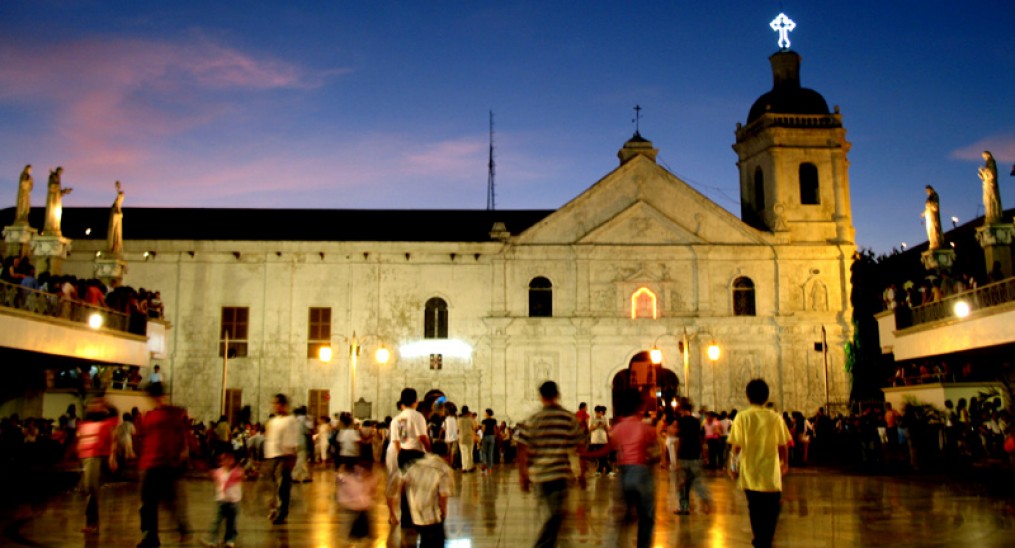
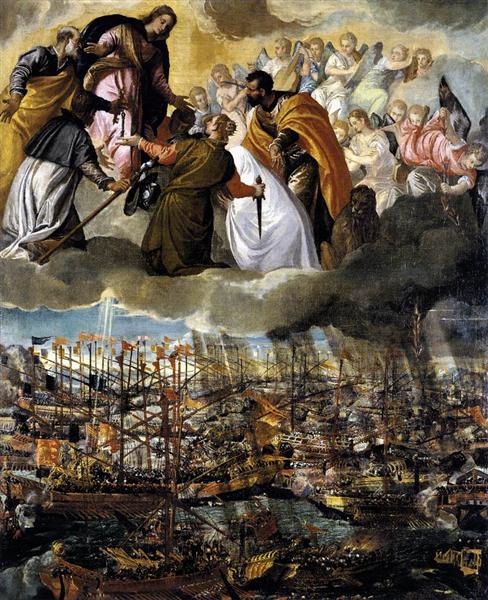
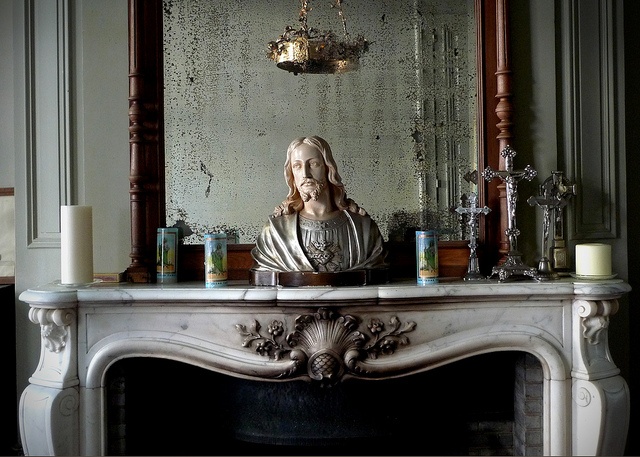
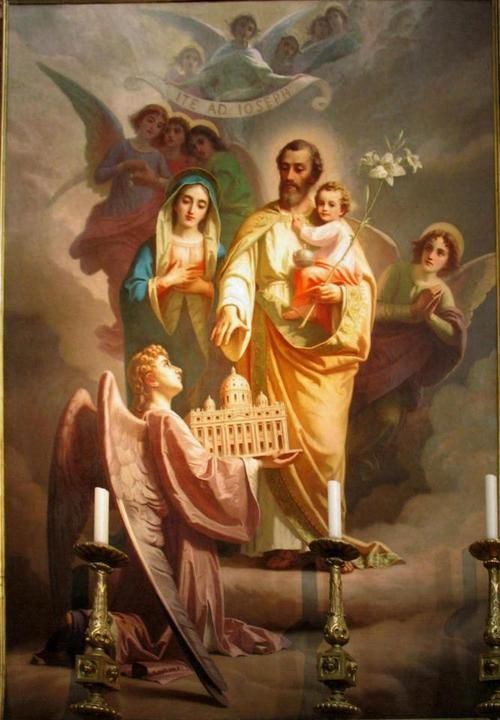
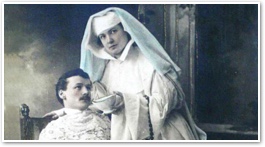 There is a prevailing idea that healthcare plans are necessarily complex and expensive schemes. There was, however, an ideal healthcare plan in the distant past that was amazingly simple. The plan did not list its benefits, clinical metrics or financial data. The main emphasis of this plan was not so much on a plan but care and the health of both body and soul.
There is a prevailing idea that healthcare plans are necessarily complex and expensive schemes. There was, however, an ideal healthcare plan in the distant past that was amazingly simple. The plan did not list its benefits, clinical metrics or financial data. The main emphasis of this plan was not so much on a plan but care and the health of both body and soul.